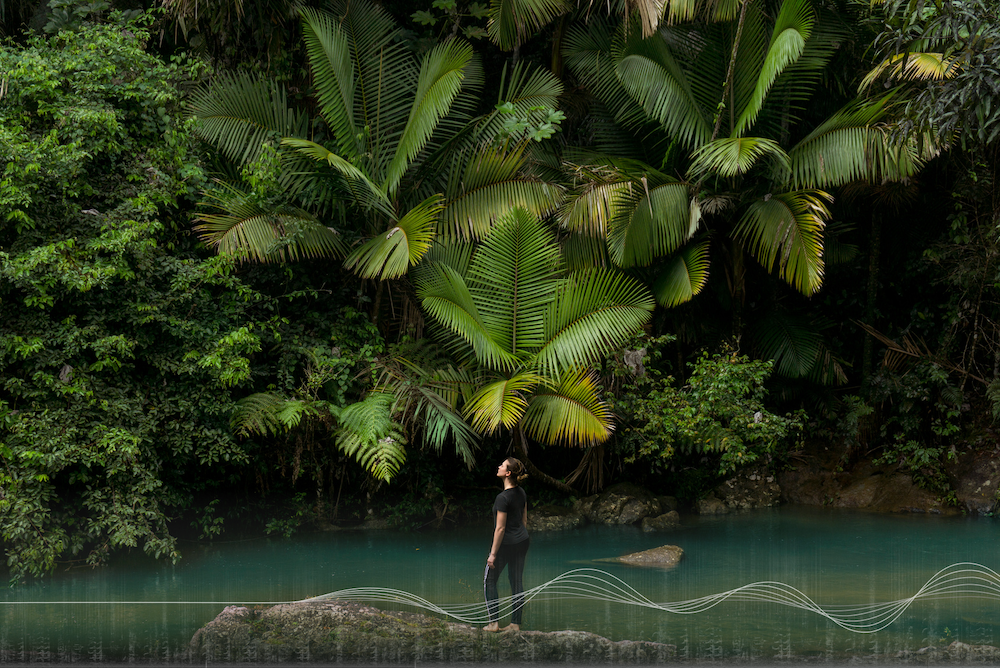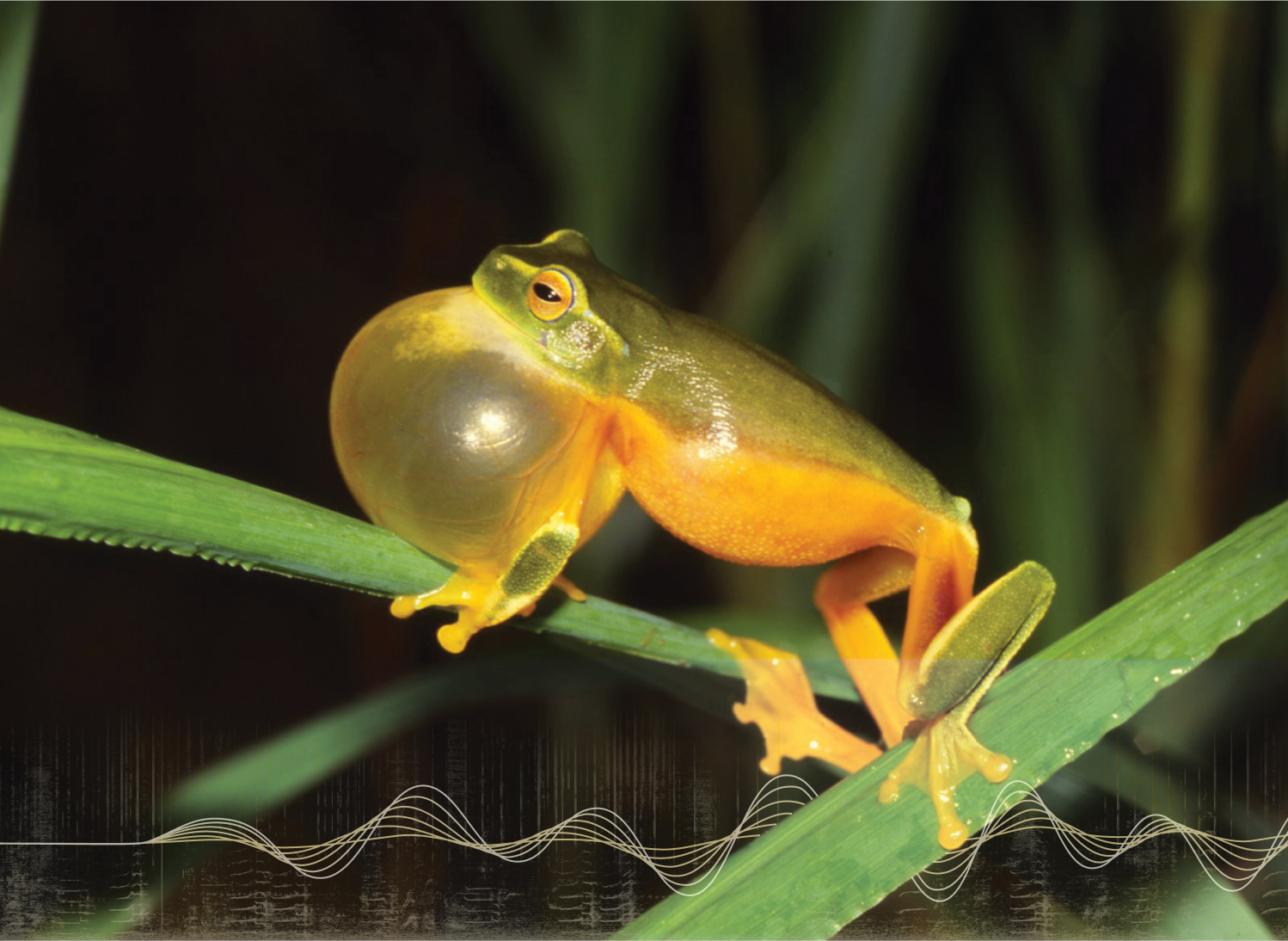.png)
New lightweight biologging devices captured over 127,000 vocalizations from cooperatively breeding carrion crows in Spain, revealing that much of their communication happens at close range within family groups. ESP's machine learning tools classified calls from tagged adults, family members, and chicks, while nest-cam analysis confirmed the devices had no impact on crow behavior or reproductive success. The study demonstrates how combining biologging technology with AI can capture the full vocal repertoire of wild birds – from subtle murmurs that are usually missed to long-distance calls.

First global survey on AI and animal communication reveals striking consensus: people worldwide recognize animals' complex inner lives and demand technology that fosters connection, not exploitation.

To better understand what matters for building a generalizable bioacoustic encoder, we tested 19 models across 26 datasets and a new evaluation benchmark. Our main finding is that a two-stage training approach—self-supervised pre-training followed by supervised post-training, both on a mix of bioacoustic and general audio—delivers the strongest performance. We share our methodology, training details, and key takeaways to help accelerate research in animal communication and conservation.

We’re introducing a no-code demo of NatureLM-audio on HuggingFace Spaces. NatureLM-audio is the first large audio language model tailored for bioacoustics. The new interactive UI lets anyone upload animal sounds, ask questions in plain English, and explore tasks like species ID, audio captioning, and life stage classification. This early beta is designed to allow the community to explore—try it out, share your feedback, and help shape the future of decoding animal communication.

FrogID, the world’s largest frog citizen science project led by the Australian Museum, evaluated Earth Species Project’s open-source NatureLM-audio AI model to identify frog calls in over 1.3 million recordings. The AI achieved near-perfect accuracy distinguishing frog sounds from birds, insects, and human speech, potentially saving 300+ hours of manual validation each year. With strong performance even without fine-tuning, NatureLM-audio shows promise for large-scale frog species identification, invasive species monitoring, and biodiversity conservation.

Earth Species Project and Raincoast Conservation Foundation have partnered on a cutting-edge project to decode orca communication using AI.

Explore Earth Species Project’s 2024 breakthroughs in AI and animal communication—and a bold new strategy to help life on Earth thrive.

NatureLM-audio analyzes complex animal vocalizations across thousands of species with simple, natural language prompts. With state-of-the-art performance on novel benchmarks, it tackles bioacoustics tasks like species classification, life-stage prediction, and even audio captioning, opening up powerful new possibilities for animal communication research.

We’re excited to announce that we’ve secured two significant grants – a $10M grant from technology entrepreneur and LinkedIn co-founder Reid Hoffman and a $7M grant from Waverley Street Foundation, a 501(c)(3) nonprofit investing at the intersection of climate solutions and community priorities.